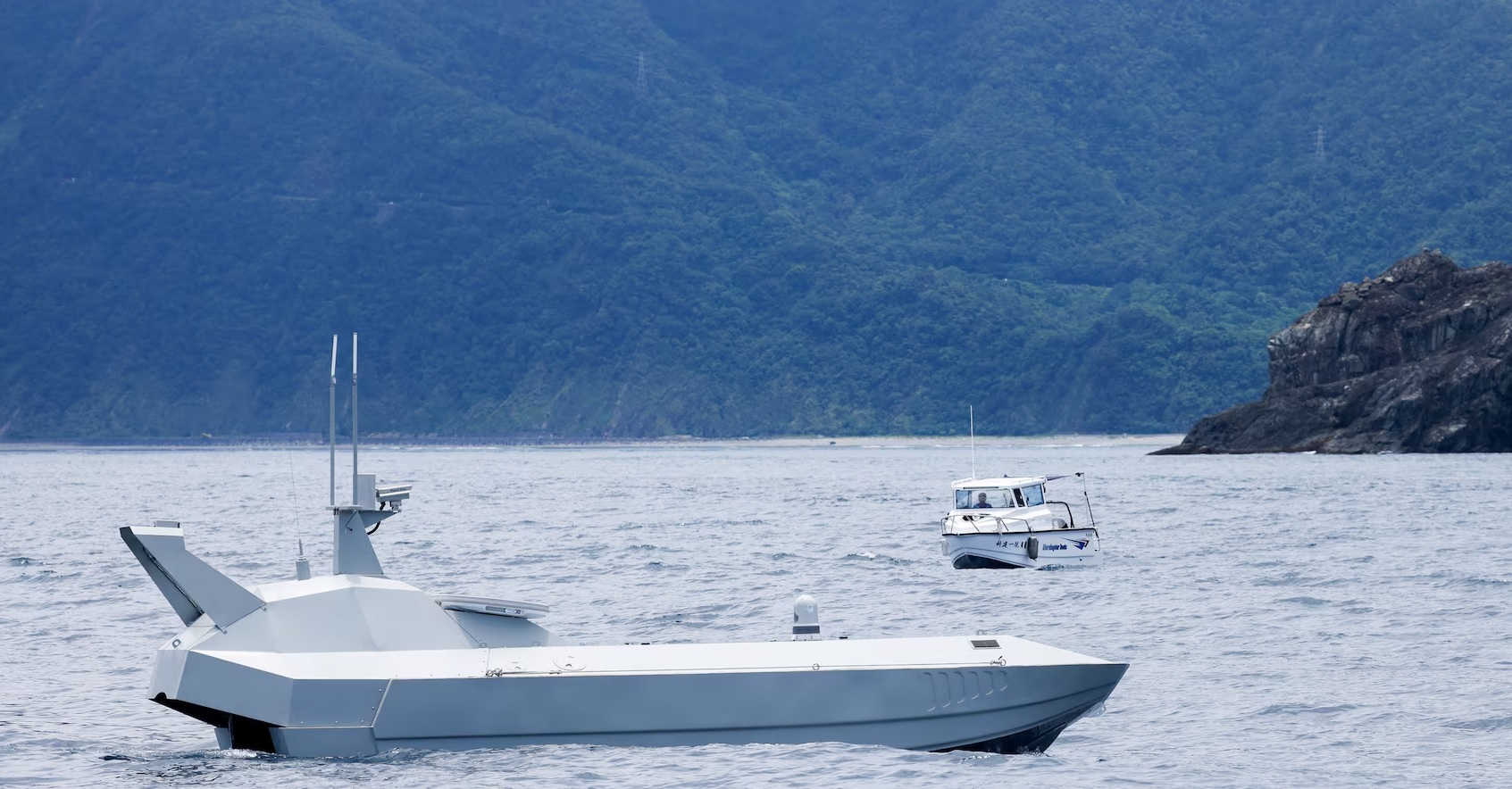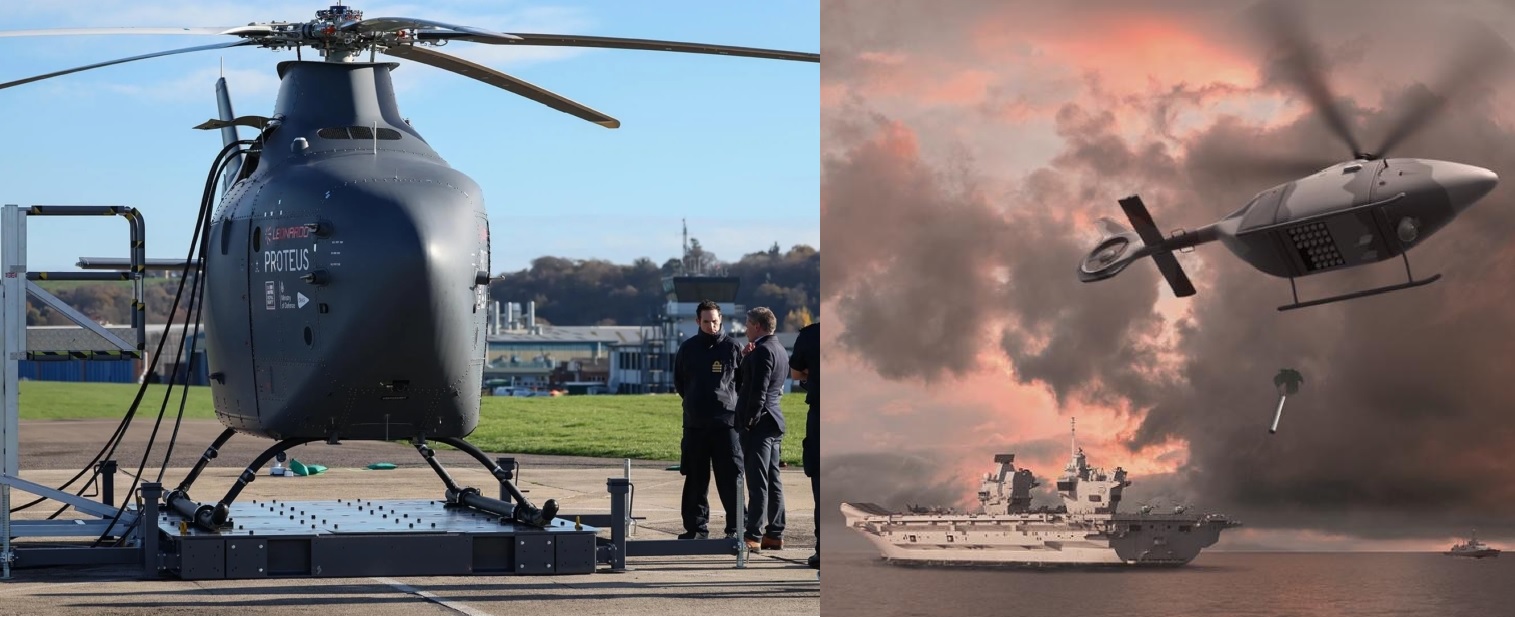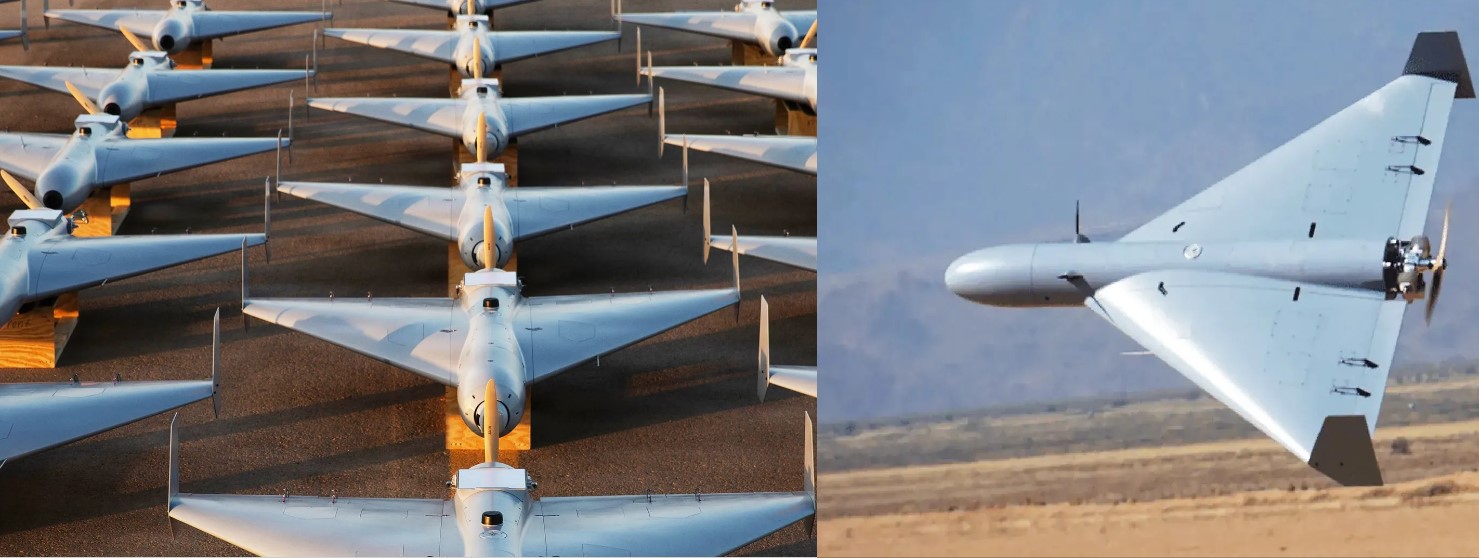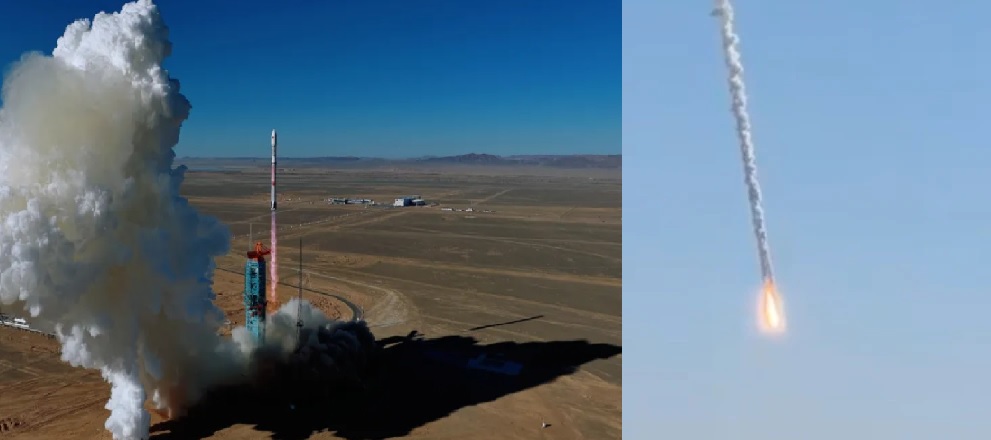Taiwan Approves Mass Procurement of 1,320 Kuai Chi Naval Drones to Counter China’s Growing Threats

Taipei, August 2025 – In a bold step to strengthen its maritime defenses, Taiwan’s armed forces have approved the large-scale acquisition of 1,320 Kuai Chi uncrewed surface vessels (USVs). The landmark decision follows a successful live-fire trial at the Jiupeng Military Base, where the Kuai Chi showcased its ability to strike targets with precision even under simulated electronic warfare and jamming conditions.
An Indigenous Naval Drone Built for the Porcupine Strategy
The Kuai Chi USV, designed and developed by the Chungshan Institute of Science and Technology (CSIST), represents the cutting edge of Taiwan’s indigenous defense innovation. Compact yet powerful, the vessel measures only a few meters in length and is built for speed, agility, and survivability. Its low radar cross-section and lightweight hull allow it to maneuver effectively along Taiwan’s shallow coastal waters, making it ideal for ambush and swarm missions.
The Kuai Chi is equipped to perform a wide range of missions:
-
Suicide strike operations with high-explosive payloads.
-
Electronic warfare tasks, including jamming enemy communications and sensors.
-
Reconnaissance and surveillance missions using modular payloads.
-
Swarm tactics, operating in coordinated groups to saturate enemy defenses.
Swarm Warfare: Overwhelming the Adversary
A defining strength of the Kuai Chi program is its swarm capability. By deploying in large groups, these USVs can:
-
Overwhelm advanced naval defenses by saturating radar and sensor systems.
-
Force adversaries to expend expensive precision-guided munitions against cheap, expendable targets.
-
Create openings for a portion of the swarm to breach defenses and deliver lethal strikes.
-
Operate as mobile decoys, diverting attention from Taiwan’s more valuable missile batteries and drone forces.
This approach aligns perfectly with Taiwan’s “porcupine strategy”, designed to deny an invading force easy access while inflicting disproportionate costs through asymmetric warfare.
Strategic Deployment in Taiwan Strait
According to defense planners, the Kuai Chi units will be strategically stationed along Taiwan’s western coastline, especially near chokepoints such as the Taiwan Strait and the Bashi Channel. In wartime, they could:
-
Conduct ambushes against amphibious convoys.
-
Harass logistics and landing vessels.
-
Complicate the operations of China’s People’s Liberation Army Navy (PLAN), forcing it into constant counter-drone readiness.
In addition, the vessels could be discreetly hidden in civilian harbors or hardened shelters, ready to launch rapidly at the outbreak of hostilities.
Balancing Cost with Combat Effectiveness
The Kuai Chi is notable for its low production and operational costs. This gives Taiwan a favorable cost-exchange ratio, enabling swarms of inexpensive USVs to threaten and potentially disable adversary warships worth hundreds of millions of dollars.
This affordability ensures that Taiwan can maintain large numbers of the drones while still investing in its larger defense modernization programs, including surface combatants and missile defense systems.
Part of Broader Naval Modernization
Taiwan’s decision to acquire over a thousand Kuai Chi USVs comes alongside the government’s approval of a 2026 defense budget of NT$949.5 billion (US$31 billion), representing 3.35% of GDP. Beyond unmanned platforms, this budget includes funding for the Zhenhai Project, which will develop a new class of next-generation frigates.
The first two 2,000-ton frigates are expected to enter service in the coming years, eventually expanding into larger 6,500-ton multi-role warships. Equipped with phased-array radar and modern combat management systems, these frigates will form the core of Taiwan’s future fleet, working in tandem with unmanned swarms like the Kuai Chi.
Regional Context and Strategic Significance
This development comes as China continues to expand its naval might, including amphibious assault ships, aircraft carriers, and carrier strike groups. Beijing has intensified gray-zone operations near Taiwan’s air defense identification zone and maritime boundaries, keeping pressure on Taipei and testing its response capacity.
Given this environment, Taiwan’s reliance on asymmetric systems such as the Kuai Chi reflects its recognition that costly, large warships may not survive in a direct conflict with the PLAN. Instead, small, mobile, and expendable assets can complicate China’s invasion planning and deter aggressive action.
Showcasing at Taipei Aerospace and Defense Exhibition
The rollout of the Kuai Chi USVs will be highlighted at the Taipei Aerospace and Defense Technology Exhibition in September 2025, where Taiwan plans to showcase its advances in unmanned warfare technologies. This public demonstration is expected to emphasize Taipei’s determination to invest in homegrown defense innovation and ensure survivability in the face of regional threats.
By committing to the procurement of 1,320 Kuai Chi naval drones, Taiwan has taken a transformative step in implementing its porcupine defense strategy. These swarm-capable USVs provide a flexible, low-cost, and high-impact tool to deter aggression, complicate enemy operations, and safeguard Taiwan’s coastline.
With this program, Taiwan is not just adapting to the challenges posed by China’s expanding military power—it is reshaping naval warfare in the region through innovative, asymmetric solutions.
✍️ This article is written by the team of The Defense News.






